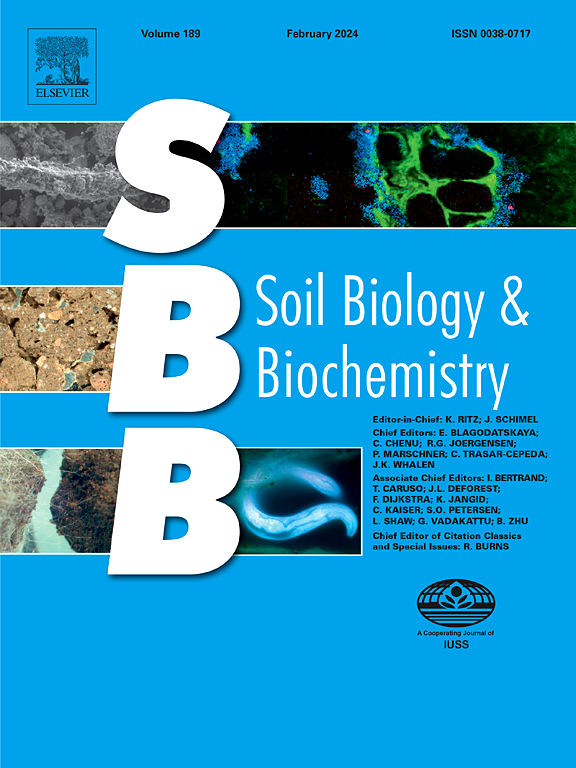How to produce an effective manuscript: Further perspectives from the Editors-in-Chief of Soil Biology and Biochemistry
IF 9.8
1区 农林科学
Q1 SOIL SCIENCE
引用次数: 0
如何撰写有效稿件:《土壤生物学与生物化学》主编的进一步观点
章节片段前言《土壤生物学与生物化学》是一本专业的初级研究期刊。因此,我们可以假定大多数读者对该学科都有中级到专家级的广博知识,而且几乎肯定在特定领域有深厚的知识和专长。论文的故事情节应考虑到这一点。我们在此逐字逐句地重复该期刊的宗旨和范围,因为它们对于撰写一篇有效的论文至关重要:《土壤生物学》和《土壤学》请严格遵守《作者指南》。结构和格式一致的稿件可以简化评审和发表过程。期刊内部统一的规定样式使编辑和审稿人更容易找到、吸收和解释稿件的不同方面。异常和混淆之处也更容易被发现。结论我们看到的许多稿件--因此在初审时被拒绝--更像是基础报告,而不是有见地的科学研究论文。也就是说,它们的引言笼统而肤浅;提出了平淡无奇的伪假设;费力地介绍了研究结果;但却未能利用这些结果来回答更深层次或更根本性的问题。它们通常局限于特定的时间、地点或实验处理的特定背景。土壤
本文章由计算机程序翻译,如有差异,请以英文原文为准。
求助全文
约1分钟内获得全文
求助全文
来源期刊

Soil Biology & Biochemistry
农林科学-土壤科学
CiteScore
16.90
自引率
9.30%
发文量
312
审稿时长
49 days
期刊介绍:
Soil Biology & Biochemistry publishes original research articles of international significance focusing on biological processes in soil and their applications to soil and environmental quality. Major topics include the ecology and biochemical processes of soil organisms, their effects on the environment, and interactions with plants. The journal also welcomes state-of-the-art reviews and discussions on contemporary research in soil biology and biochemistry.
 求助内容:
求助内容: 应助结果提醒方式:
应助结果提醒方式:


